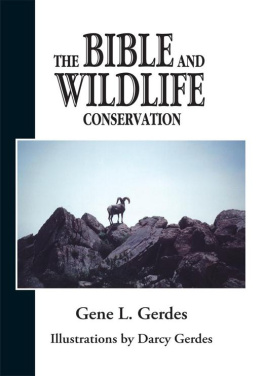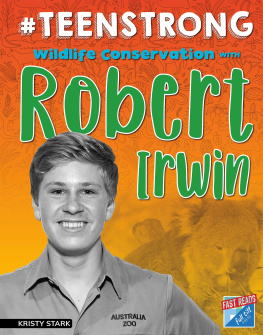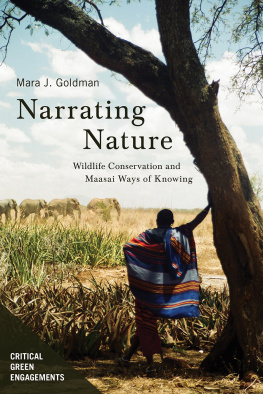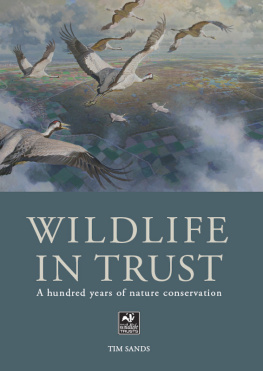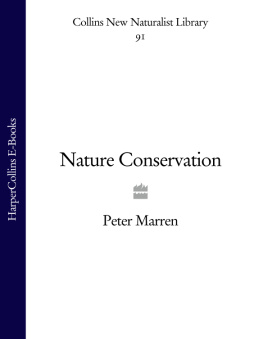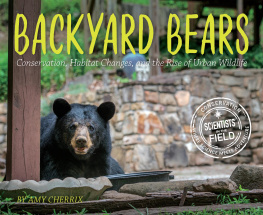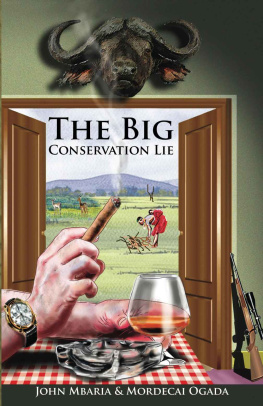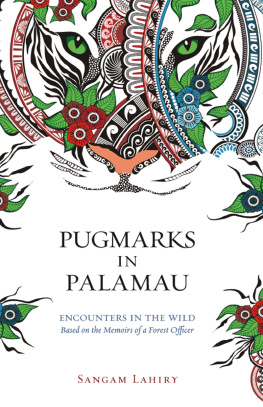THE BIBLE
&
WILDLIFE
CONSERVATION
Gene L. Gerdes
Illustrations by Darcy Gerdes
For reviewing and commenting on the manuscript I am thankful to Steven Gerdes, Rev. Robert Porterfield and Roscille Colburn. For computer related work a special thanks is due to Michael Gerdes.
Scripture taken from the HOLY BIBLE, NEW INTERNATIONAL VERSION Copyright 1973, 1978, 1984 by International Bible Society. Used by permission of Zondervan Publishing House. All rights reserved.
The NIV and New International Version trademarks are registered in the United States Patent and Trademark Office by International Bible Society. Use of either trademark requires the permission of International Bible Society.
All rights reserved, including the right to reproduce any part of this book in any form, except brief quotations for reviews, without written permission of the author.
Copyright 2004 Gene L. Gerdes.
All rights reserved. No part of this publication may be reproduced, stored in a retrieval system, or transmitted, in any form or by any means, electronic, mechanical, photocopying, recording, or otherwise, without the written prior permission of the author.
Note for Librarians: a cataloguing record for this book that includes Dewey Decimal Classification and US Library of Congress numbers is available from the Library and Archives of Canada. The complete cataloguing record can be obtained from their online database at:
www.collectionscanada.ca/amicus/index-e.html
ISBN 1-4120-3974-6
ISBN 978-1-4122-2869-5 (ebk)

Offices in Canada, USA, Ireland, UK and Spain
This book was published on-demand in cooperation with Trafford Publishing. On-demand publishing is a unique process and service of making a book available for retail sale to the public taking advantage of on-demand manufacturing and Internet marketing. On-demand publishing includes promotions, retail sales, manufacturing, order fulfilment, accounting and collecting royalties on behalf of the author.
Book sales for North America and international:
Trafford Publishing, 6E-2333 Government St.,
Victoria, BC V8T 4P4 CANADA
phone 250 383 6864 (toll-free 1 888 232 4444)
fax 250 383 6804; email to
Book sales in Europe:
Trafford Publishing (UK) Ltd., Enterprise House, Wistaston Road Business Centre,
Wistaston Road, Crewe, Cheshire CW2 7RP UNITED KINGDOM
phone 01270 251 396 (local rate 0845 230 9601)
facsimile 01270 254 983;
Order online at:
www.trafford.com/robots/04-1781.html
10 9 8 7 6 5 4 3 2 1
CONTENTS
The purpose for this writing is two-fold. (1) The general public, including the Christian community, is not aware of the legacy of wildlife conservation efforts which continue today. And (2) many believe it is their mandate, especially here in America, to subdue the natural world solely for their own benefit and use.
Many people give no consideration to the needs of future generations or to the needs of other species. Many Christians place their finger on the word subdue in the Bible and go no further in their reading.
Because every day work of wildlife conservation is laborious and not spectacular, it does not receive wide coverage in the popular media. To make it in the print media or in the broadcast media it has to be somewhat sensational. While the wildlife information presented by the media catches the interest of many people it quite often contributes little to the conservation effort.
Spending almost of my adult life working with wildlife and its requirements along with being a lifelong Christian believer I have been quite troubled about many of the attitudes held not only of the public but of my fellow believers. As a result Ive taken a closer look at what the good book has to say in regard to wildlife and its requirements. To my pleasant surprise there is quite a bit said in this regard.
I lay no claim to being a theologian. No doubt the trained theologian will cringe at some of my simplistic uses of biblical text. Further, the wildlife professional too may be taken back by my brief treatment of the basic principles of wildlife conservation.
Theologians and Christian lay leaders are quite often busy people occupied by the primary task of spreading the good news to all people. Therefore it is my purpose to provide these busy people with the basics in simple understandable terms and to provide sources that they can draw upon should more in-depth knowledge be required.
The examples I use in wildlife conservation are taken from North America. It should be remembered that basic needs of animals anywhere are fundamentally the same
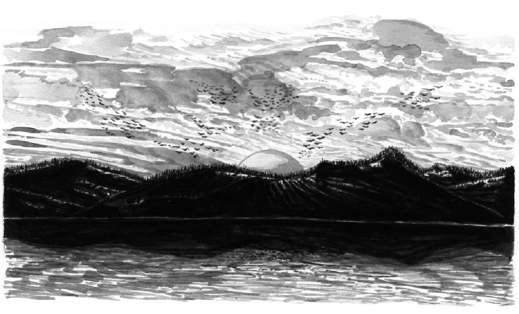
First, let us look at the very beginning of the good book before and at the time man was created. In Genesis 1:20-21 we see that aquatic life and bird life were created on the fifth day. And God said, Let the water teem with living creatures, and let birds fly above the earth across the expanse of the sky. So God created the great creatures of the sea and every living and moving thing with which the water teems, according to their kinds, and every winged bird according to its kind. And God saw that it was good. .
On the sixth day we see the creation of mammals, including man, reptiles, amphibians and invertebrates. Genesis 1:24-25: And God said. Let the land produce living creatures according to their kinds: livestock, creatures that move along the ground, and wild animals, each according to its kind. And it was so. God made the wild animals according to their kinds, the livestock according to kinds, and all the creatures that move along the ground according to their kinds. And God saw that it was good.
Highly significant is the statement And God saw that it was good . This statement occurs at the end of both the fifth and sixth day accounts. It does appear that the Creator was pleased with what he had made. Also it seems to suggest that nothing bad or vile was included in the creation.
Genesis 1:26 indicates man was created in Gods image and also what was to be his role. Then God said, Let us make man in our image, in our likeness, and let them rule over the fish of the sea and the birds of the air, over the livestock, over all the earth, and over all the creatures that move along the ground. Many times from the pulpit I have heard the former part of this verse, which is important, but seldom have I heard the latter about mans role.
The latter part of the verse plainly states that mans role was to be the caretaker of what God had made. When we compare the foregoing with humankinds accomplishments and priorities we note substantial differences. The outcome of mans lack of stewardship can be seen in such things as grand scale soil erosion, polluted waterways, huge reductions of anadromous fishes and annihilation and near annihilation of some wildlife species to name a few.
An example of soil erosion on a grand scale was witnessed in the southern great plains during the mid 1930s. Inappropriate farming practices combined with drought and winds created the infamous Dust Bowl which in
turn caused much human misery. The extirpation of the passenger pigeon which once darkened skies over eastern forests is another dark blot on our history.
Pre-development runs of salmon and steelhead in the Columbia River system were estimated at 1016 million fish. In 1990 it was estimated that runs of these species was down to 1.25 million. Artificial production (hatcheries) accounts for about three-quarters of the present runs (26).
Genesis 2:19-20 indicates mans first task. Now the Lord the God had formed out of ground all the beasts of the field and all the birds of the air. He brought them to man to see what he would name them; and whatever the man called each living creature that was its name.
Next page
